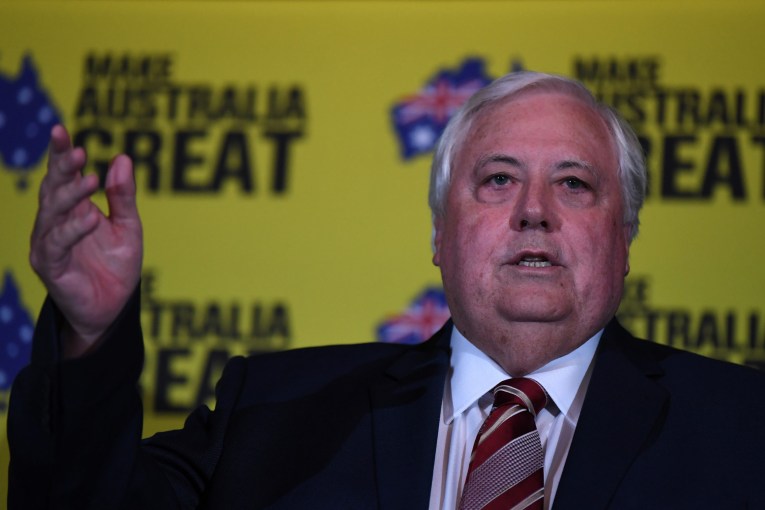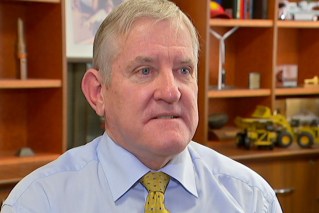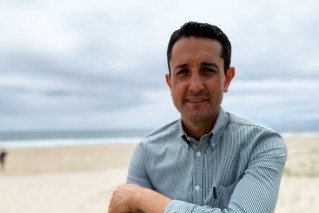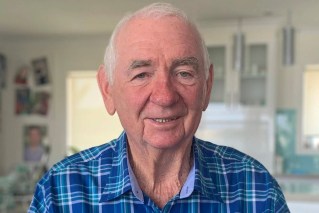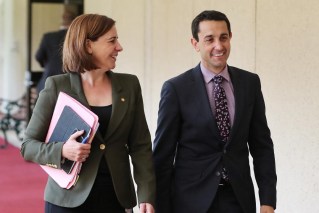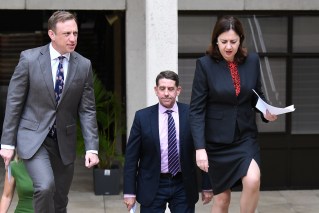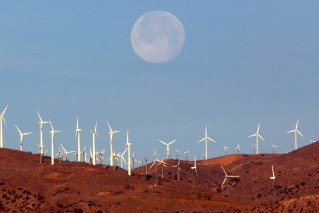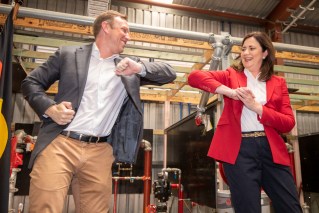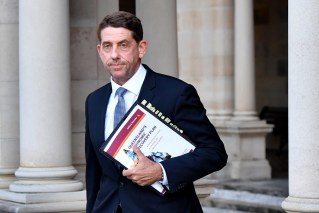Sydney or the bush: Premier divides NSW into two with latest border regulations
A small number of cases in Greater Sydney has kept some five million people in hotspots subject to Queensland travel restrictions.
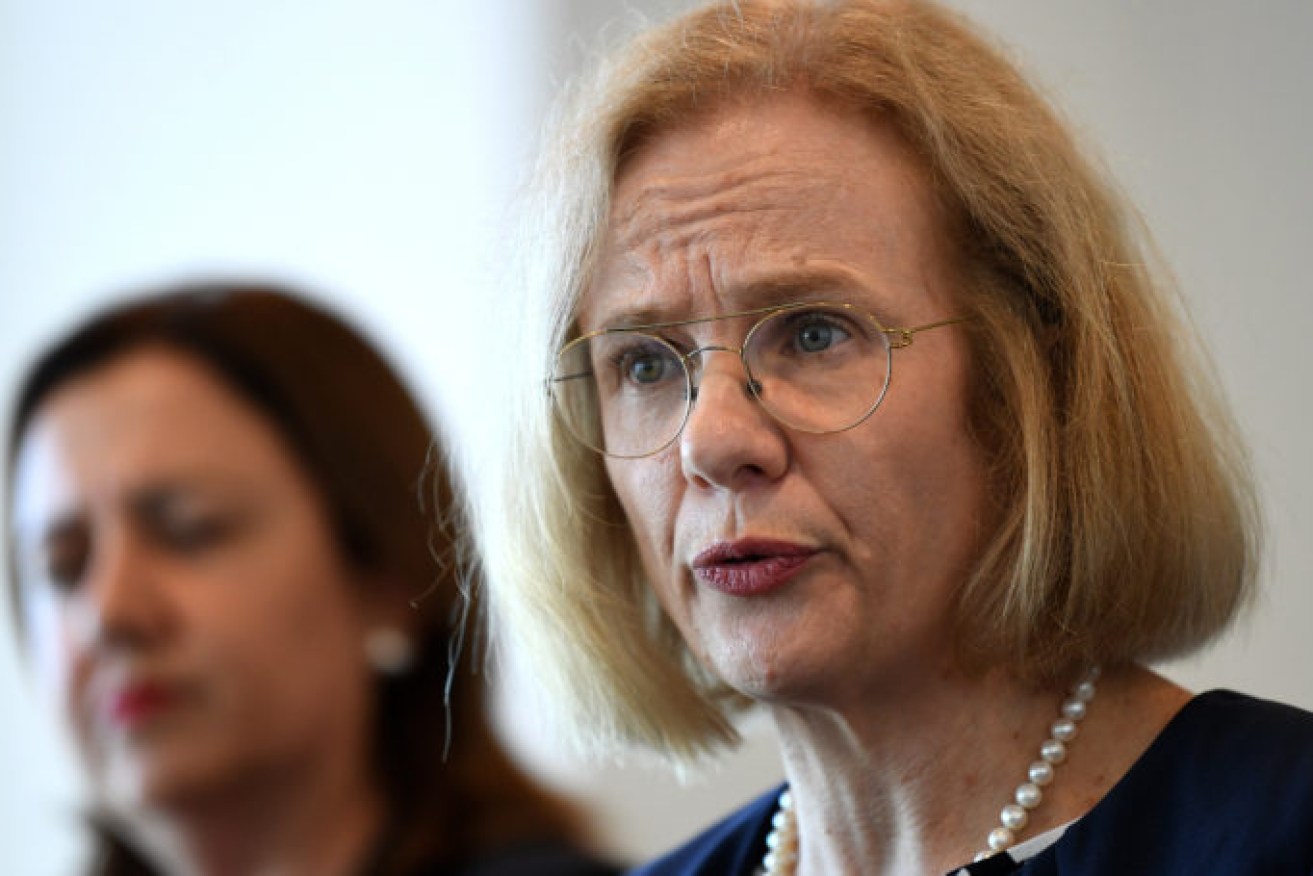
(Photo: AAP Image/Dan Peled)
On the eve of the Queensland election, Premier Annastacia Palaszczuk confirmed the roadmap proposal to open the border to NSW on November 1 was unable to be implemented due to continuing cases in Sydney.
She made the announcement after a briefing from Chief Health Officer Jeannette Young, who said the 28-day period for an area to be free of community-transmission kept being reset in urban areas.
That meant 32 local government areas in Greater Sydney would remain hotspots, and the November easing of border restrictions only apply to residents of regional NSW. Victoria remains off-limits.
The date for regional NSW to be opened up has also been pushed back slightly to November 3 in order for Queensland police to be able to enforce the new border controls.
Palaszczuk reiterated she would continue to rely on advice from Young in making COVID-19 decisions and could not guarantee Queensland would be able to meet Prime Minister Scott Morrison’s goal of open borders by Christmas.
“But once again, anything can happen,” Palaszczuk said.
Young was asked today why the decision was made on election eve – the border review has been conducted at the end of each month – and appeared to suggest alternatives had been considered before today.
“I was ready to make that decision and then I saw those four new cases that came from an unknown source (yesterday in Sydney) and that changed,” Young said.
Pressed on how a small number of cases could warrant such large-scale restrictions, Young said Queensland focussed on risk mitigation and continued to allow people into the state who were potentially contagious. Overnight, a returned overseas traveller in hotel quarantine was confirmed to have COVID-19 and taken to Gold Coast University Hospital.
“It’s always been a suppression strategy, it has never been an eradication strategy,” Young said.
There are now six active cases of COVID-19 in Queensland, 1172 since the pandemic began. Sewage testing has also detected viral fragments in Wynnum and Carole Park that may indicate some cases have gone undetected.
Young said she did not “have a crystal ball” to predict future outcomes but revealed she had clarified with her federal counterparts what Morrison meant by the country opening up for Christmas.
“He meant removing the borders, wherever that was possible, but he didn’t mean removing all the restrictions that are in place,” Young said.
Under Queensland’s disaster management arrangements, COVID-19 remains a declared public health emergency which gives Young significant powers that will continue until a government decides the level of risk no longer warrants it.
Palaszczuk said Young did not provide other options for border changes in her briefing this morning.
